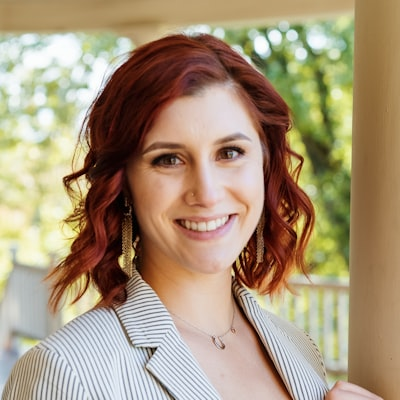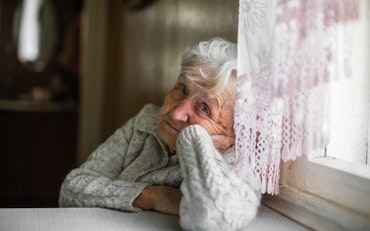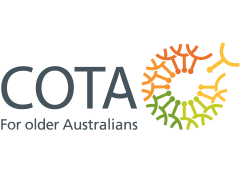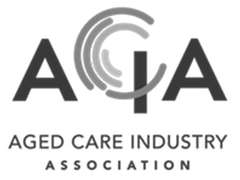Development and validation of fall risk screening tools for use in Residential Aged Care Facilities
An article on the development and validation fall risk screening tools for use in Residential Aged Care Facilities (RACFs) appeared in the Medical Journal of Australia on 18 August.
It reported that ability to stand unaided was identified as a significant event modifier for falls. In people who could stand unaided, having either poor balance or two of three other risk factors (previous falls, nursing home residence, and urinary incontinence) increased the risk of falling in the next six months threefold.
In people who could not stand unaided, having any one of three risk factors (previous falls, hostel residence, and using nine or more medications) increased the risk of falling twofold.
This study builds on previous research by including hostel as well as nursing home residents and by including a simple balance assessment, which assists in identifying the more mobile people at risk of future falls.
The resultant screening models are quick and easy to administer and require only one inexpensive and readily available piece of equipment (a 15 cm thick, medium density foam rubber mat).
It comments that, “As yet, no randomised controlled trials have been undertaken for fall prevention in RACFs in Australia, and disparate findings regarding the effectiveness of interventions have been published in other countries.
“In the absence of a consensus approach to routine assessment and intervention in RACFs, the suggested screening models offer these facilities the option of applying a validated tool to identify residents at high risk of falling.”










